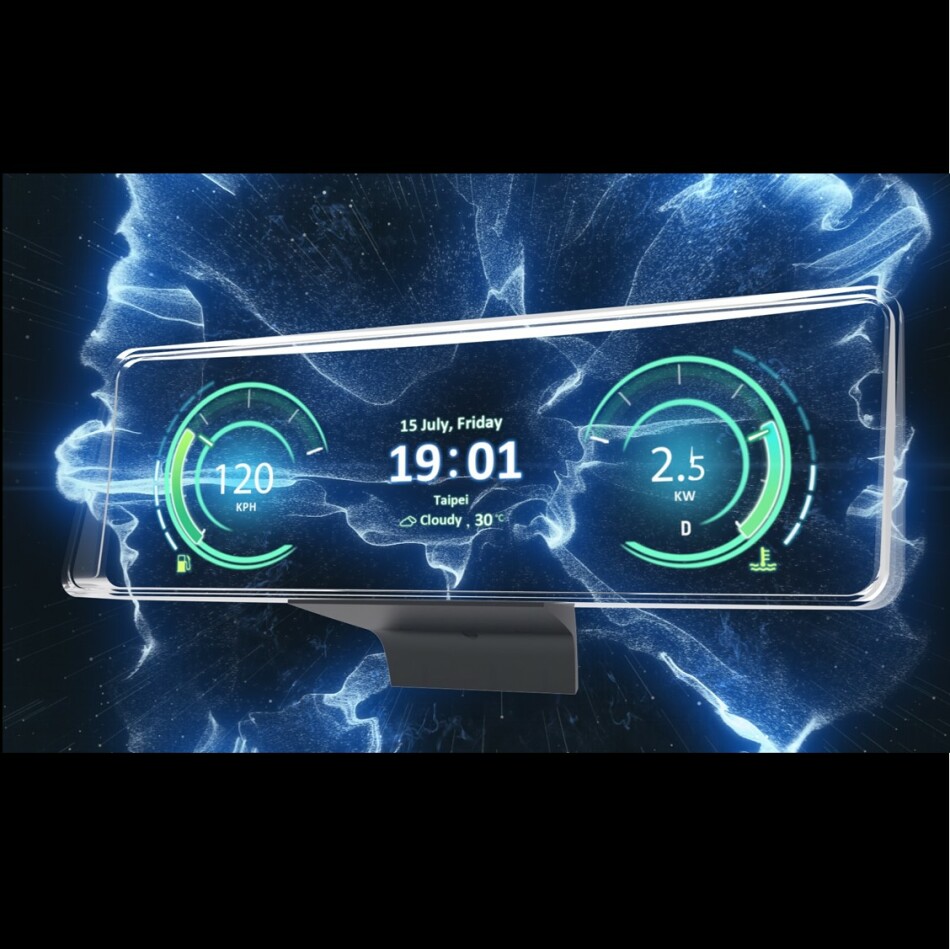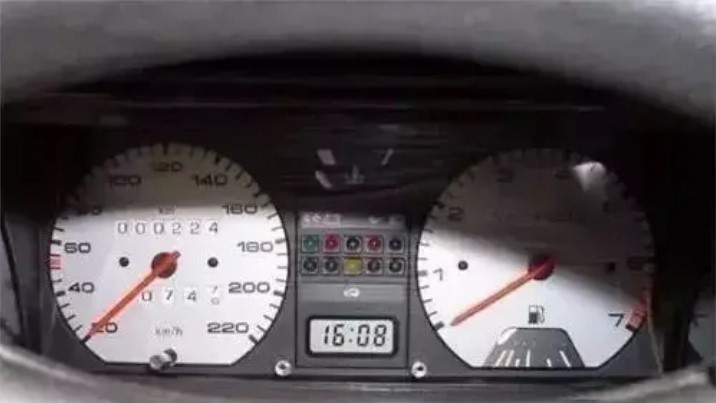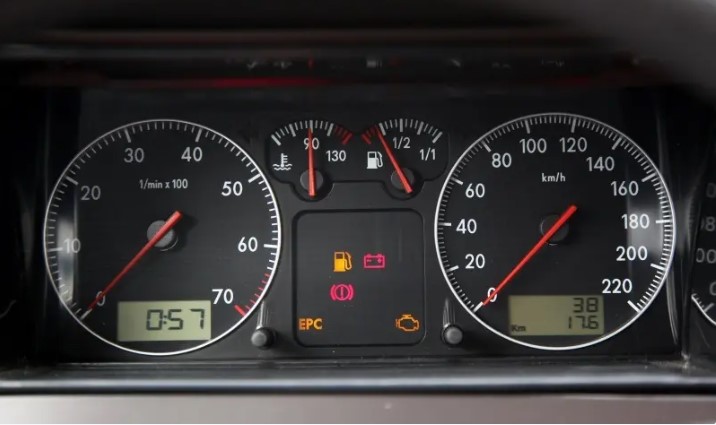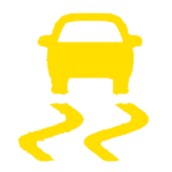2022/08/29
Car Dashboard 101:The Latest Car Dashboards Will Blow Your Mind!!

1. The Origin of the Car Dashboard
If we want to pick one piece of equipment on an automobile that tells us a lot about the evolution of automotive technology and the history of the automobile, there is no better candidate than the car dashboard.When the automobile was first invented, for a long time people treated it as just another mode of transport like the horse. Advances in technology saw new technologies put to good use on the automobile. Technology also brought a quantum leap in performance.
Automotive developments ran into bottlenecks where there was little progress made in technology. The coming of electronics and information technology however boosted the performance of the automobile. Automotive accessories also underwent a transformation.
The car dashboard is the perfect example, moving from mechanical gages to electronic car dashboards, LCD car dashboards, and auxiliary Head-up Displays (HUD). The appearance and functionality of car dashboards have also undergone major changes after several generations of development. These embodied advances in automotive technology and can be considered a short history of automotive development.
Devices installed on automobiles are constantly being upgraded as new technologies continue to emerge. The installation of more devices into automobiles meant far more information must now be displayed to the driver, spurring the rapid development of the automotive car dashboard. This was also the root cause of oversized car dashboards.
Let's do a quick recap based on online research:
1.1 Ford Model T Car Dashboard
The appearance of the Model T made 1908 an important year in industrial history. The introduction of assembly line production for the Model T made cars affordable to the general public and made it possible for every person to own a car. The production output of the Model T was quite staggering too as it accounted for half of all automobiles produced in the world at one stage. It is therefore a perfect place to start if we want to talk about car dashboards.The Ford Model T may have been of tremendous historical significance but you'd be surprised by the simplicity of its car dashboard;
Cars today can easily hit a top speed of 100km/h or 200 km/h. The Ford Model T had a top speed of around 50 ~ 60 km/h however so the standard car dashboard consisted of a simple ammeter and starter switch. If the driver wanted to check the fuel level they must open the fuel cap and and measure it with a stick ruler. car dashboards were therefore very simple affairs at the time.
1.2 Mechanical Car Dashboard

This is the car dashboard of the Volkswagen Santana from first half of the 21th Century. As you can see, all of the driving information with the exception of time was displayed mechanically. The car dashboard now looks quite dated and a modern office calculator has more computing performance. At the time though, it attracted a great deal of attention in the market. The round gages and minimalist design were already a close approximation of modern car dashboard designs.
1.3 Car Dashboard Design
The shift towards more functional car dashboards that improve driving safety owed a great deal to reforms in the design of aircraft instrument panels.It sounds incredible, but car dashboard design in the early 20th Century didn't follow a minimalist approach to provide the driver with clear driving information. Instead, levers, knobs, and gages were spread all around the driving seat and central console. Such designs were strongly influenced by the instrumental panels of fighter aircraft during World War 2.
The US Air Force conducted an analysis of pilot errors and misreading of aircraft instrument panels across hundreds of pilots during the mid-20th Century. They found that bad instrument panel design increased physiological and psychological stress for pilots so began optimizing the layout and operation of instrument panels. Their discovery led to car dashboards becoming more simple, minimalist, and easy to operate with small motions. An example of this is the placement of the light and wiper controls on the steering wheel. This reform is continuing to have an impact today.
1.4 Electronic Car Dashboard
If clothes make the man, then electronics technology gave the automotive car dashboard a complete makeover and made it one of the best tools for capturing market attention.
The widespread use of IC chips in the early 21th Century spurred the development of electronics technology. The coming of the age of electronic fuel injection led to greater use of electronics in car dashboards too. By this time, electronic versions for some of the gages on the car dashboard of the Volkswagen Santana had become available. It was still far from a fully electronic display but the aesthetics were catching up fast.
Rapid advances in technology meant car dashboards now made use of electronic display technologies such as Vacuum Fluorescent Displays (VFD) and Thin Film Transistor Liquid Crystal Display (TCF-LCD). Leading auto makers all began focusing on car dashboard design, mode and performance. Every effort was made to capture the market's attention.
It is worth noting that electronic displays had already been introduced in a small number of mass produced vehicles by the late 20th Century. Electronics technology at the time was not yet fully mature resulting in constant flickering of displayed data. Their low resolution made it easy for people to misread numbers. The market soon reverted to mechanical car dashboards after that.
2. Indicators on the Car Dashboard
As mentioned earlier, the car dashboard has the important job of displaying automotive information. Advances in technology and more high-tech devices being installed meant the amount of information that the car dashboard must display is continuing to increase linearly. Generally speaking though, car dashboard indicators can be divided into several types:2.1 Orange - Failure indicator light
| Light | Situation |
|
|
Fuel low |
|
|
Problem with engine parts |
|
|
Engine failure may lead to insufficient propulsion |
|
|
Tire pressure too low or flat |
|
|
ABS braking system failure |
|
|
Seat belt not fastened |
 |
Traction Control System enabled |
 |
Traction Control System disabled |
|
|
Glow plug failure |
|
|
Windshield water tank and wiper fluid low |
|
|
When light is on, system will help keep the vehicle going in the car lane. |
|
|
Rear fog lights on |
|
|
Remote control low battery |
|
|
Please replace remote control battery ASAP |
2.2 Red - Danger Alert
| Light | Situation |
| Battery failure and power supply system anomaly. | |
|
|
Boot not closed properly. |
|
|
Door not closed properly. |
|
|
Bonnet not closed properly. |
|
|
Engine overheated and vehicle temperature was too high to continue driving. |
|
|
Oil pressure low or not enough oil |
|
|
Air bag malfunction |
|
|
Steering system anomaly |
|
|
Hand brake on |
|
|
Electronic steering wheel lock error |
|
|
Radiator low on coolant |
2.3 Other
| Light | Situation |
|
|
Low beam on |
|
|
High beam on |
|
|
Indicator on |
|
|
Front fog lights on |
|
|
Running lights on |
|
|
Adaptive cruise control system on |
|
|
ECO mode on |
|
|
Vehicle is in Neutral |
3. Car Dashboard Trends
The car dashboard has morphed over more than a century into a brand new form. Despite improvements in how the displays are designed, how the displays work, the display content and method of interaction, everything on the car dashboard is still in the same general location. It was not until a decade or so ago that car dashboard technology entered a new chapter with the advent of auxiliary displays and integration. The two major breakthroughs were:3.1 Head-Up Displays (HUD)
The design of the automotive car dashboard from the reform of their layout to the emergence of the HUD has always been strongly influenced by the design of fighter instrument panels.The HUD was first used on fighter aircraft because combat pilots required far more information than car drivers. Fire control and flight information are of utmost importance to fighter pilots in high-speed aerial dogfights. To help fighter pilots keep track of important information, information from their instrument panel was projected onto the cockpit's glass canopy using HUD. Advances in technology meant this almost arcane device became widely used in automobiles as well.
The amount of information presented by automotive car dashboards are somewhat less than those of fighter aircraft. The increasing use of automotive electronics however meant that drivers became feeling overwhelmed by the complexity of information being displayed. The introduction of automotive HUDs provided an excellent auxiliary tool for filtering important car dashboard information. Modern HUD designs vary from car maker to car maker but they generally display important information such as directions, speed, speed limit, fuel level, engine RPM and so on.
Like car dashboards, the HUD has continued to evolve over the past few decades. To learn more about the major advances made in HUD, you can visit the Head-Up Displays knowledge link.
.jpg)
(UniMax's Flat type AR HUD includes features such as small size, low power consumption, and no need to use wedge glass.)
3.2 Integration
We mentioned that the proliferation of automotive electronics in the modern automobile did not just create an explosion in the amount of car dashboard information. Operating and interacting with all these automotive electronic devices became a distraction as well. Instead of improving driving safety as originally intended, auxiliary driver devices became a risk factor instead.Modern automobiles are therefore not just becoming increasingly minimalist in their design aesthetics. Automotive electronic products are becoming more integrated as well. An example of this is the large center console touch screen of a well-known electric vehicle maker. It was only natural then for HUD aerial car dashboards to enter the stage as a fusion between HUDs and car dashboards.
3.3 HUD Aerial Car Dashboard
The HUD aerial car dashboard is both an HUD and a car dashboard. It retains the advantages of HUDs and car dashboards while eliminating their disadvantages.Car dashboards are placed directly in front of the driver to make them easy for the driver to see. The car dashboard is opaque so it is generally placed at about 20-degrees below the driver's horizontal field of view so it does not block the driver's vision. For vehicles with a high-chassis, the car dashboard may be placed even lower.
The driver must therefore look down slightly to see the car dashboard information. To the human eye, looking at the road means looking into the distance while looking at the car dashboard requires short-range focus. Looking down at the car dashboard and re-focusing meant that the driver is effectively blind to their surroundings for 2 to 3 seconds. For drivers, this represents a safety hazard.
Windshield Type HUD is intended to provide drivers only with a small amount of important information. It is therefore located about 4-degrees below the driver's field of view. Its proximity to the driver's field of view meant that if the display is too big it will obstruct the driver's vision. Safety constraints therefore apply; the size and resolution of Windshield Type HUD graphics are also inadequate as a replacement for current car dashboards. Due to these three reasons, only a small amount of information can be provided by Windshield Type HUD.
At the moment, the HUD is generally found only in high-end models. Its penetration still lags behind that of other automotive electronic products like dash cameras. The reason for this is the relatively large footprint of HUDs and other factors that increase its cost of introduction. (Extended reading: UniMAX Flat Type AR HUD (MAVE) Solves Installation Footprint Problem)
The HUD is therefore in the uncomfortable position of being expensive to implement while offering only limited display content and quality.
Based on the above, we can see that car dashboards and HUDs both aim to make driving information easily accessible to the driver. Weaknesses included potential hazard to driving safety, lack of display content, and high cost of introduction.
The HUD aerial car dashboard is constructed from a transparent material so does not obstruct the driver's vision like conventional car dashboards. It can therefore be placed about 10 degrees below the driver's horizontal field of view where it can be seen with a slight dip of their head. The display also appears as if it's projected about 1.7m in front of the driver greatly reducing the re-focusing time for the human eye. The HUD aerial car dashboard therefore retains the attributes of conventional car dashboards but also greatly improves driving safety by overcoming the weaknesses of the conventional car dashboard.
The size and resolution of HUD aerial car dashboard graphics are also far better than that of HUDs and rival that of conventional car dashboards. Where HUDs have a footprint in the tens of liters, the HUD aerial car dashboard can be introduced with as little as 1 liter of volume. It is therefore easy and cheap to introduce. Even greater cost savings can be achieved if it replaces the conventional car dashboard. The features of the HUD aerial car dashboard listed above meant that it retains the advantages of HUDs while providing drivers with better image quality. It also preserves the driver's field of view and is practical to introduce.
%20V2.jpg)
(The UniMax HUD Aerial Car Dashboard is an advanced HUD that combines the advantages of car dashboards and WHUD.)
4. Conclusion
The first car dashboards were so simple that drivers had to open the fuel cap and measure the fuel level themselves; the introduction of electronic technology led to fancy car dashboards that tried to outdo each other; today's car dashboards are very different beasts evolving in the direction of auxiliary and integrated displays.No matter how the automotive car dashboard evolves over time or what breakthroughs in car dashboard technology emerge in the future, this author believes that the car dashboard will always reflect the history of automotive technology and take drivers into a future filled with wonders that defy the imagination.







